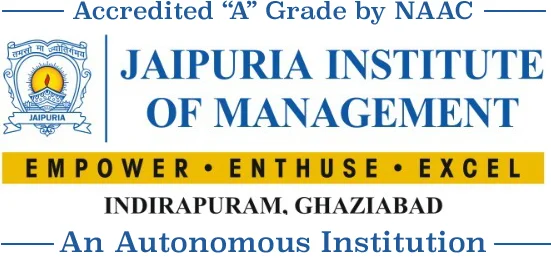Indian economy has seen a paradigm shift from state centric economy (Nehru – Mahalanobis Model) to a market centric economy (Rao – Manmohan Model) since the year 1991. It moved from closed economy to open economy, less FDI (Foreign Direct Investment) of around 40% to FDI of 100% in many sectors, high deficits to controlled deficits, administered rate of interest to deregulated market friendly rate of interest, and high tax rate to liberalized tax process. It is the world’s fifth-largest economy by nominal GDP and the third-largest by purchasing power parity (PPP). According to the IMF, on a per capita income basis, India ranked 142nd by GDP (nominal) and 119th by GDP (PPP) per capita in 2018. From independence in 1947 until 1991, successive governments promoted protectionist economic policies with extensive state intervention and regulation; the end of the Cold War and an acute Balance of Payments (BoPs) crisis in 1991 led to the adoption of a broad program of economic liberalization. Since the start of the 21st Century, annual average GDP growth of India has been 7.3% during 2013-14 – 2018-19. India was the world’s fastest growing major economy, surpassing China whose average GDP growth was 7.0% during 2013-14 – 2018-19.
There is a speed decline in real GDP growth in India in the year 1991-92 to 1.4% from 5.3% in the year 1990-91. The reason could be due to the Balance of Payments (BoPs) crisis and double-digit inflation during 1990-91 on account of Gulf War. However, it jumped to 5.4% in 1992-93 and to 8.0% in 1996-97 because of the increase in private corporate sector investment on account of government’s liberal policies. Thereafter sharply declined to 4.3% in 1997-98 largely due to the volatility in agricultural growth. Again, increased to 8.0% in 1999-2000 due to inflation adjusted for 1999-2000 base year and speedily decline to 4.1% in 2000-01 & 3.9% in 2002-03 due to recession. Thereafter moving upward to reach the highest growth of 9.6% in 2006-07 due to high capital inflows attributed to the massive Quantitative Easing (QE) undertaken by the US to combat economic slowdown of global level. Further declined to 6.7% in 2008-09 due to recession and again move upward to reach at 9.3% in 2010-11 due to the decline in India’s simple tariff rates to 12.0%. Again, declined to 5.5% in 2012-13 due to industrial slow down and afterword continuously increase to 8.2% till 2016-17 because India changed its data sources and methodology for estimating real Gross Domestic Product (GDP) for the period since 2011-12. This change has led to a significant overestimation of growth. Thereafter declines and reach at 6.8% in 2018-19. Recently IMF predicts less than 5% growth rate for FY2019-20. However, the average decadal real GDP growth is continuously showing an increasing trend since 1989-90, i.e. from 1989-90 to 1998-99 it is 5.7%, from 1999-2000 to 2008-09 it is 7.2% and from 2009-10 to 2018-19 it is 7.4%. The long-term growth perspective of the Indian economy remains positive due to its young population and corresponding low dependency ratio, healthy savings and investment rates, and is increasing integration into the global economy. The economy slowed in 2017-18 due to shocks of “demonetization” in 2016-17 and introduction of Goods and Services Tax (GST) in 2017-18. Nearly 60% of India’s GDP is driven by domestic private consumption and continues to remain the world’s sixth-largest consumer market. Apart from private consumption, India’s GDP is also fueled by government spending, investment and exports.
To conclude we can say that Indian economy performed well after 1991-92 but currently Indian economy going through another turbulent phase. It is hard to believe the fact that, we have definitely grown since 1991-92 but the main concerns are our fiscal deficit and current account deficit. However, people often mentioned that our Current Account Deficit as percentage to GDP in 2018-19 is 2% as compared to 3% in 1990-91 and Fiscal Deficit as percentage to GDP is 3.3% in 2018-19 as compared to 7.6% in 1990-91. From the above discussion and analysis it is clear that Indian economy choose the right path. But it should walk on the path properly. Regulatory agencies should not use their wisdom teeth always; they should also use their biting teeth.
Sadananda Prusty, PhD (Dean-Academics)
Jaipuria Institute of Management, Indirapuram, Ghaziabad




